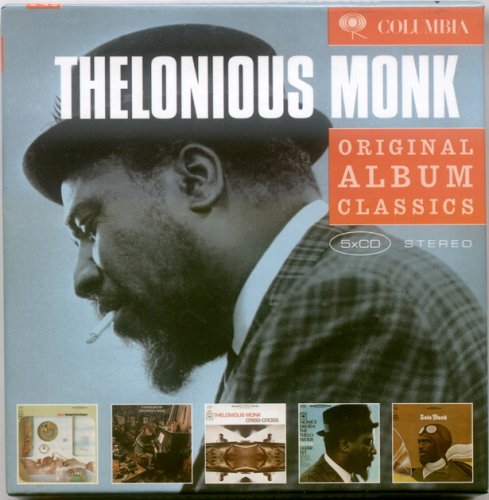

A performance by the piano virtuoso Art Tatum in New York in 1932 left a deep impression on the fifteen-year-old Monk. In addition, Monk also accompanied his mother's singing on the organ in the church. They used this to pay the musicians and the rent. Tenants who rent their (Rent) could not afford, invited the people of their neighborhood one, made for musical entertainment and then left "to go around hat". These were widespread in neighborhoods inhabited by blacks. Like many musicians at the time, Monk gained his first experience as a pianist at " house rent parties ". Johnson, who lived in the neighborhood of the Monk family, are considered early influences. Duke Ellington, Fats Waller, Earl Hines and Stride pianist James P.

Monk grew up in a musically very lively environment and heard many jazz musicians "live". The Harlem district in particular, with its many clubs, became a focus of this development. The city of New York developed into one of the great jazz metropolises in Monk's youth. By the age of thirteen he had won a piano competition at the Harlem Apollo Theater so many times that he was excluded from further participation. Monk was supported in his musical inclinations by his mother and received piano lessons as a child. The responsibility for the upbringing and livelihood of Thelonious and his two siblings lay solely with his mother Barbara, who worked as an employee for the city administration. However, the father, Thelonious Monk Sr., left the family a few years later. As a child, Thelonious Monk moved with his family in the early 1920s to San Juan Hill, New York 's southwestern Harlem district, which is largely inhabited by Afro-Americans and which was then demolished in the 1950s.


 0 kommentar(er)
0 kommentar(er)
